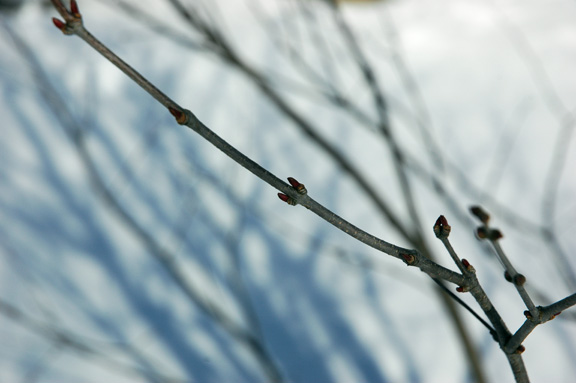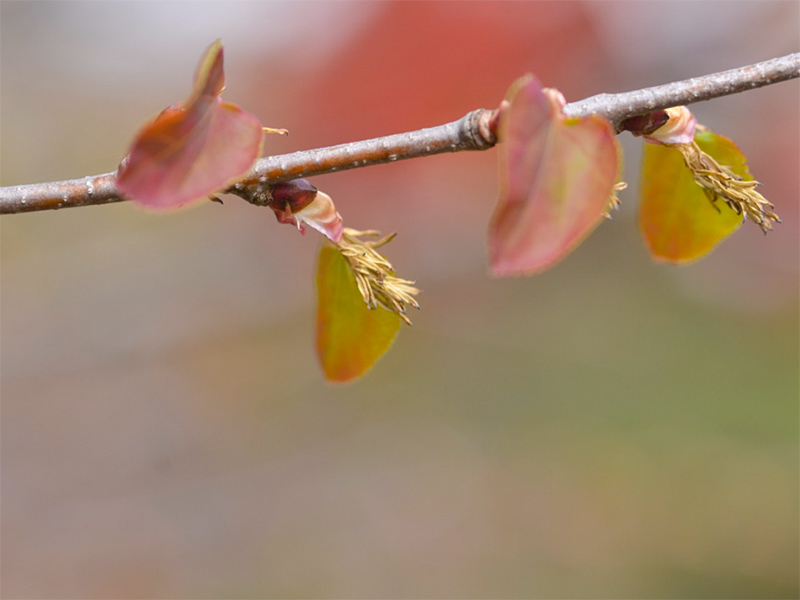| General Description | A large, broadly pyramidal tree used mainly for residential or park locations. It has great seasonal interest, and sweet-smelling aroma released in the autumn at leaf colour change. Not drought tolerant. |
| ID Characteristic | The leaves release a sweet, sugary smell when changing colour in the autumn. This is due to maltol, a molecule that is released during both the breakdown of the Katsura leaf, and when sugar is cooking into caramel. The leaves resemble a smaller version of Cercis canadensis. Attractive, slightly shaggy bark develops with age. |
| Shape | A large tree (can reach up to 30 m in the wild). Upright and pyramidal when young, becoming more oval to wide spreading with maturity. Densely branched; provides ample shade. |
| Landscape | Streets, residential properties, parks, golf courses and commercial areas. |
| Propagation | Propagate by seed, basal or semi-hardwood cuttings. |
| Cultivation | Plant in full sun to partial shade, in a somewhat sheltered location. It needs rich, moist, well-drained soils. The Katsura tree will need supplemental watering during droughts. For better autumn colour plant in more acidic soils, however this tree is fairly pH adaptable. You must plant in the spring to ensure root development. This tree will not be successful in compacted soils. It is somewhat pollution/salt tolerant. They tend to grow multi-stemmed but can be trained to a strong single trunk if this is what you are looking for. Tolerates pruning well.
|
| Notable Specimens | The Niagara Parks Botanical Gardens, Niagara Falls, Ontario, Canada.
Morris Arboretum of the University of Pennsylvania, Philadelphia, Pennsylvania, United States of America. |
| Habitat | Grows as a woodland tree in Japan. In China it is mainly found in open, rich, moist soils at elevations of 1600 – 2800 m. |
| Bark/Stem Description | Single or multi-stemmed with brown/grey bark that becomes slightly shaggy on more mature trees; adds to winter interest. |
| Flower/Leaf Bud Description | Reddish, simple buds with two scales, not overlapping. |
| Leaf Description | Opposite to subopposite, simple, obovate, cordate at base. Resembling Cercis canadensis but smaller.
|
| Flower Description | Flowers in spring (late March – early April). Inconspicuous, dioecious. Pistillate flowers with four green fringed sepals and four to six purplish carpels. |
| Fruit Description | Small fruit about 1 - 2 cm long in dehiscent pods. |
| Colour Description | New leaves are reddish purple and change to bluish green in late summer. Brilliant yellow autumn colour. |
| Texture Description | Medium fine. |



